Living with cats is rewarding, but litter box odors can quickly become a challenge. Beyond choosing the right litter, the box itself plays a key role in containing smells and keeping your home fresh.
This guide reviews the best litter boxes for odor control and helps you pick the right one for your cat and your space.

Why Odor Control Matters in a Litter Box
Odors from the litter box don’t just smell bad. They can affect your home’s cleanliness, air quality, and even your cat’s behavior.
Here’s why it matters
- A smelly litter box may discourage your cat from using it properly.
- Lingering odors make living spaces unpleasant and can embarrass guests.
- Controlling odor promotes hygiene and reduces bacterial buildup.
What Causes Litter Box Odor
Before tackling litter box smells, it helps to understand where they come from:
- Ammonia: Produced from cat urine, sharp and pungent.
- Bacterial Growth: Moist litter breeds odor-causing microbes.
- Fecal Matter: Contains strong, lingering odor compounds.
- Stale Urine Residue: Microscopic particles can cling to porous surfaces.
- Poor Ventilation: Traps odors instead of letting them dissipate.
Features to Look for in an Odor-Control Litter Box
Knowing what causes odor makes it easier to choose a litter box that stops smells before they spread. Look for these features:
- Enclosed Design: A lid or cover helps trap odors inside.
- Automatic Cleaning: Clears waste right after use, preventing buildup.
- Sealed Waste Bin: Locks in smells until you empty it.
- Easy to Clean: Smooth, simple surfaces make scooping and washing quick.
- Right Size: Large enough for your cat to turn, dig, and cover waste.
- Extra Odor Control: Filters, deodorizers, or antibacterial coatings help between cleanings.
Top 5 Best Cat Litter Boxes for Odor Control
After testing and comparing dozens of models, these five stand out for their ability to keep odors at bay.
Neakasa M1: Best Overall for Odor Control
Tired of scooping and battling smells? The Neakasa M1’s fully automated system cleans right after use, stopping odors before they start.
Waste is sealed in an 11.23 L compartment for up to two weeks, keeping smells contained. Its roomy drum suits multi-cat homes, and safety sensors add peace of mind, a simple, set-and-forget way to keep your home fresh.

| ✅ Pros | ❌ Cons |
|---|---|
|
|

- No more scooping, hands-free.
- Safe and easy with Open-top design.
- Great for cats up to 33 lbs.
High-Tech and Hands-Free: Litter-Robot 4
Love smart gadgets? The Litter-Robot 4 automates cleaning by rotating after each use, sifting waste into a sealed, carbon-filtered drawer to lock in odors.
Its app tracks usage, alerts you when it’s full, and even monitors your cat’s habits — useful for early health insights. Sleek, spacious, and quiet, it’s a premium pick (though pricey and bulky) for those who want top-tier automation.

| ✅ Pros | ❌ Cons |
|---|---|
|
|
Triple-Deodorizing Automation: Petkit PuraMax 2
Want a litter box that runs itself? The PuraMax 2 combines automatic self-cleaning with triple-layer deodorizing to stop odors before they spread.
Waste goes into a sealed, leak-proof compartment, while its roomy drum suits multi-cat homes. With app controls and smart sensors, it tracks usage and health patterns as it handles the dirty work for you.

| ✅ Pros | ❌ Cons |
|---|---|
|
|
Design-Forward Odor Defense: PetSnowy SNOW+
PetSnowy SNOW+ combines automatic cleaning with multi-layer odor control, using TiO₂ photocatalytic tech and a fragrance box to neutralize smells. An automatic bagging system seals waste to stop lingering odors.
Its modular design makes cleaning simple, and the anti-tracking walkway keeps litter contained — a stylish, efficient way to keep the air fresher.

| ✅ Pros | ❌ Cons |
|---|---|
|
|
Budget-Friendly & Roomy: Frisco High-Sided Litter Box
If you’re on a budget but still want to cut down on smells, this no-frills box gets the job done. The large, open base helps spread waste out, reducing odor buildup, while the tall sides keep litter contained.
It’s lightweight, durable, and easy to clean: perfect for daily use. There are no fancy features, but paired with a good odor-control litter, it’s a solid and affordable option.

| ✅ Pros | ❌ Cons |
|---|---|
|
|
FAQs About Odor-Control Litter Boxes
Q: Which litter box controls odor best?
A: Models like Neakasa M1 and Litter-Robot 4 use sealed waste compartments and self-cleaning systems to eliminate odors at the source.
Q: Where should I place the litter box to reduce smell?
A: In a ventilated, low-traffic area: like a laundry room or bathroom: to prevent odor buildup.
Q: Do cats prefer open or closed boxes?
A: Most cats prefer open boxes, but closed boxes contain odors better. The Neakasa M1 offers both comfort and odor control.
Q: Can I add baking soda to litter?
A: Yes, a small amount helps absorb odors, but don’t overuse it.
Conclusion
Finding the best cat litter box for odor control can significantly improve both you and your cat's quality of life. Regular scooping, cleaning, and litter changes are essential for keeping odors at bay.
By combining a great odor-control litter box like Neakasa M1 with good hygiene practices, you can keep your home fresh and your feline friend happy.


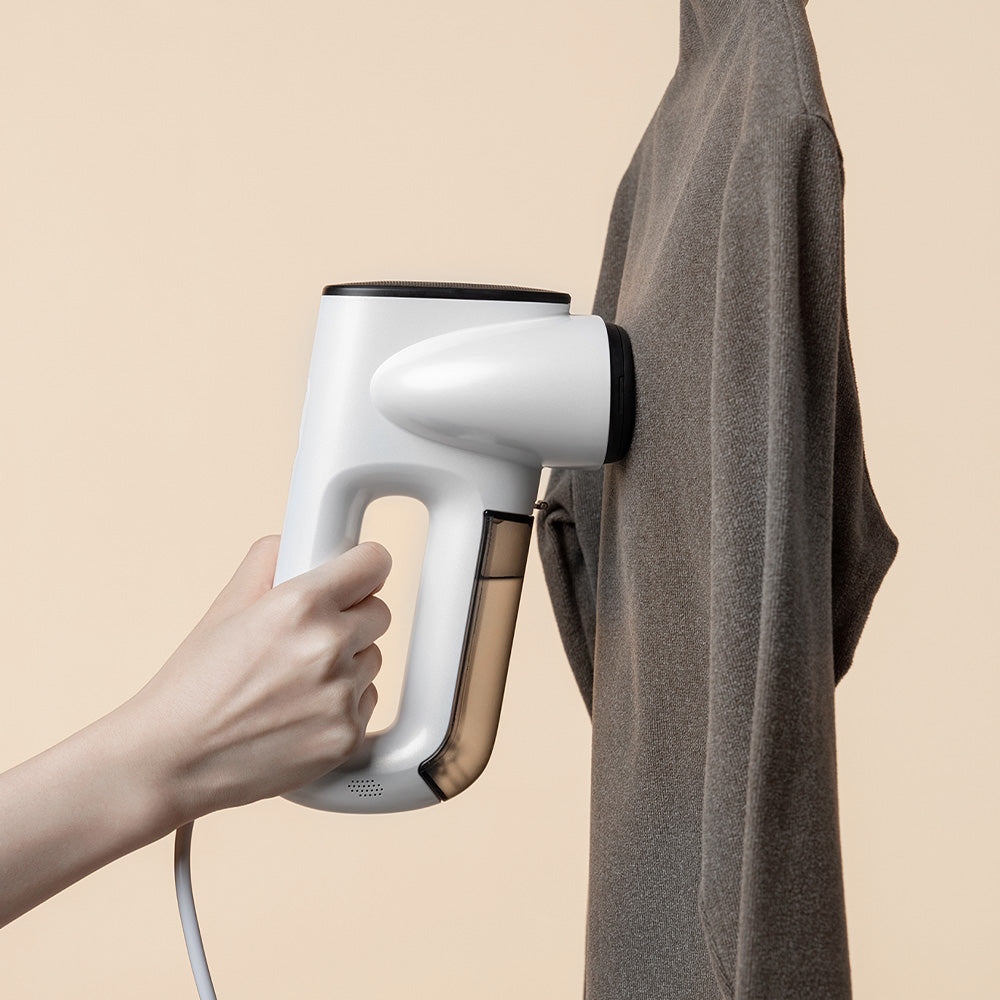
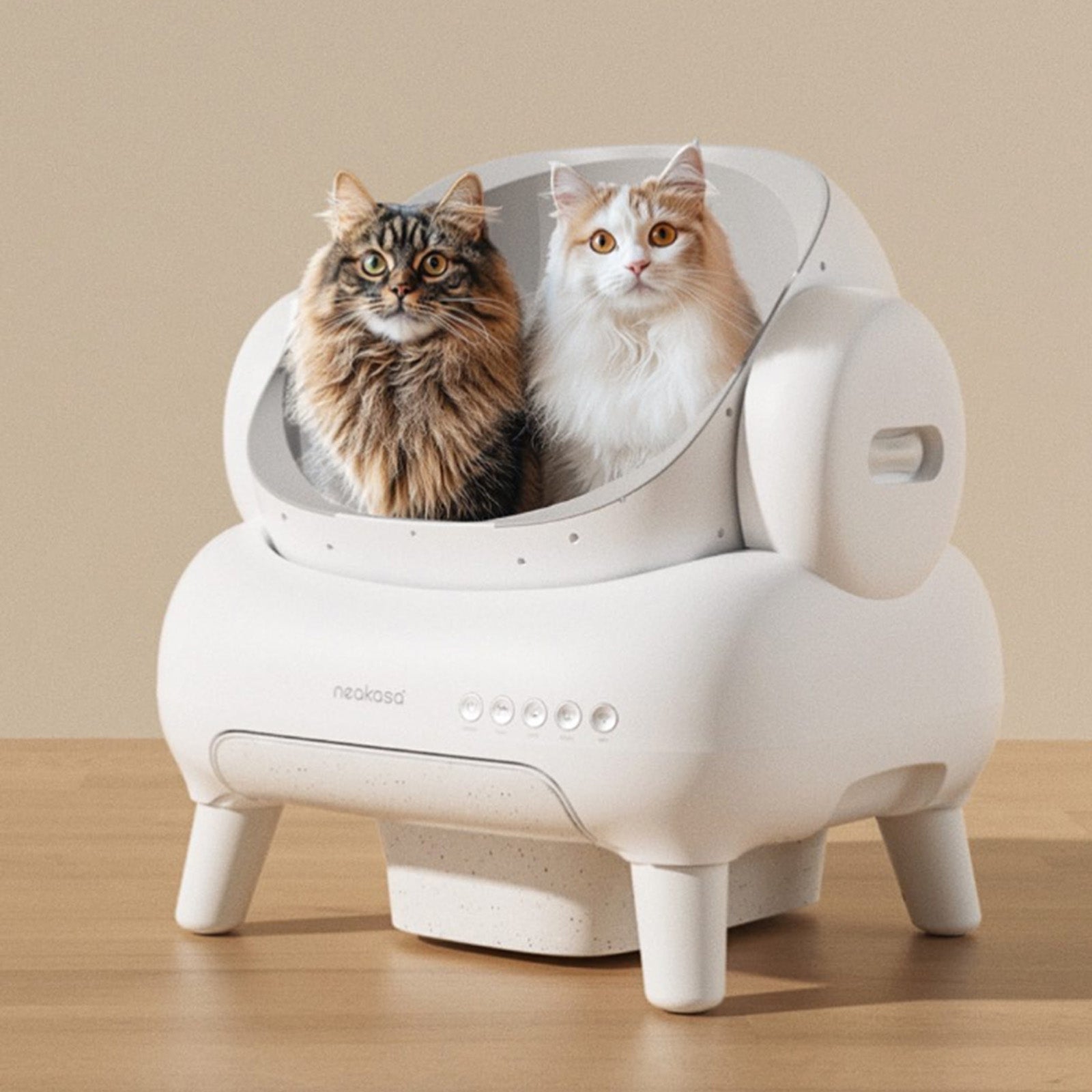
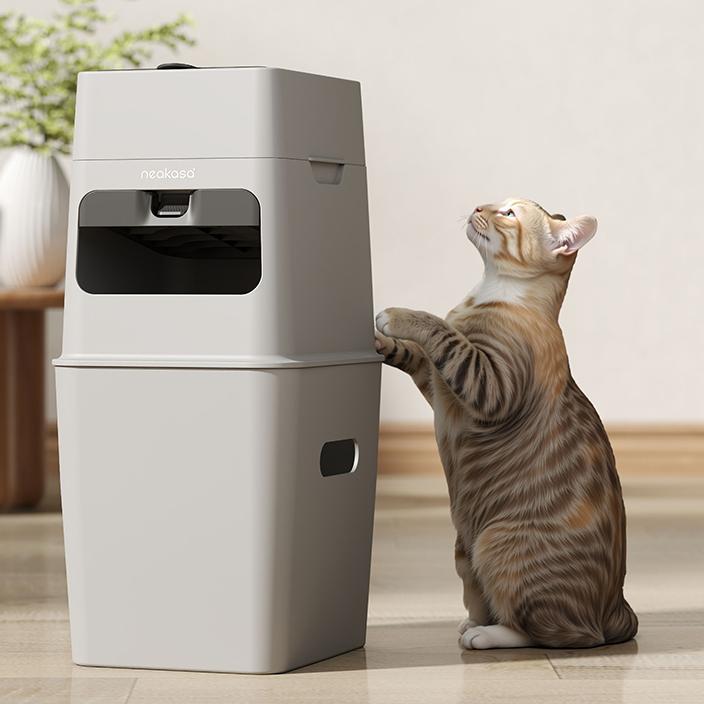
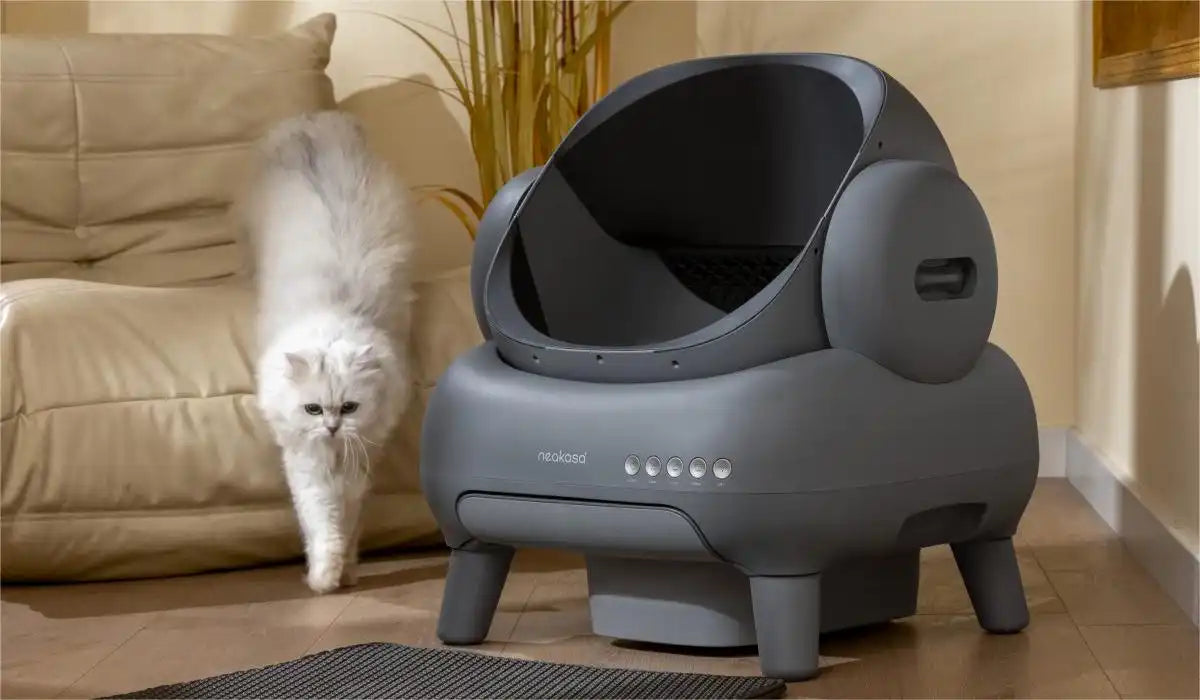

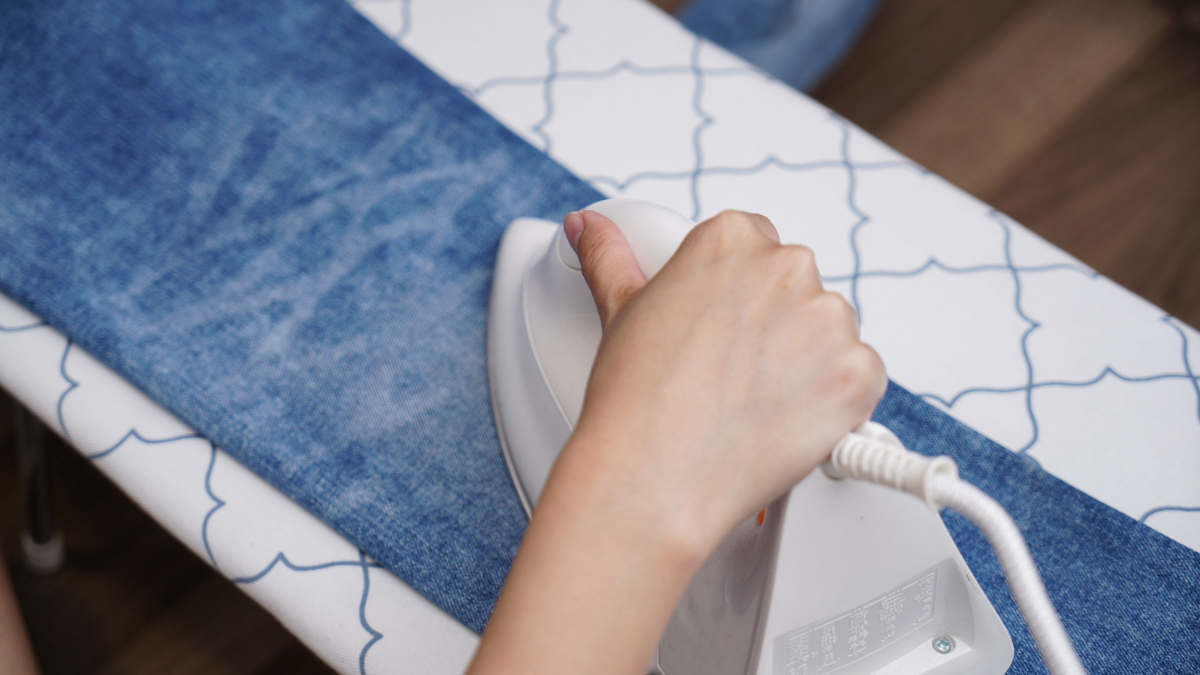

Leave a comment
This site is protected by hCaptcha and the hCaptcha Privacy Policy and Terms of Service apply.